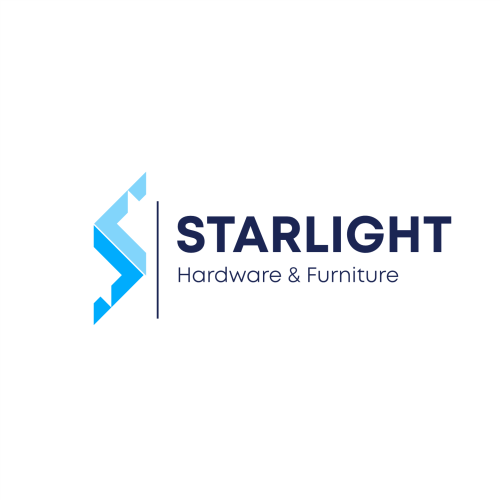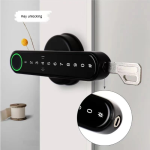Systems integrators can guide clients in transforming access control platforms into centralized sources of operational data. Many organizations are moving away from isolated security tools, seeking a single interface for video streams, door management and other connected devices. This shift carries a fresh requirement: turning raw entry logs into clear metrics that drive business choices.
Access control systems already include features that satisfy this need. Practitioners can build on established functionality to serve broader goals, deepening their role beyond basic hardware installation. Three key areas illustrate how integrators can lead clients toward comprehensive use of access control data:
• Merging badge credentials with HR and facility records to track presence and role changes.
• Producing real-time dashboards and custom reports that highlight occupancy, equipment usage and cleaning schedules.
• Defining event-driven routines that operate heating, lighting and security functions based on entry or exit activity.
Tying credential details into human resources databases gives administrators a clear view of who’s on site. Temporary badges for contract workers may expire automatically when assignments end, while staff who switch buildings receive short-term clearances through the same process. Offboarding steps can remove access as soon as an employee record shows departure, eliminating manual follow-up. Rules can update permissions when an individual’s job title or department changes, cutting error rates in badge control. Beyond door functions, that same credential may serve at point-of-sale terminals, covering cafeteria charges or parking fees.
Dashboards and scheduling engines provide another path from entry data to practical insight. These tools gather live logs and display them in charts, heat maps or tables that managers can read at a glance. Usage trends for conference rooms reveal which spaces need resizing or reconfiguration; data on foot traffic supports smarter cleanup timetables and energy plans by pointing out periods of low occupancy. Analysis of badge events can guide security staffing levels at reception desks, increasing coverage when entries peak and reducing shift costs when lobbies stand empty. Reporting interfaces may link to billing systems, matching contractor hours to invoices, or feed catering systems so kitchen staff stock items according to actual meal patterns.
Automation features let sites respond instantly to access events, reducing manual steps and saving resources. For example, once the final badge swipe closes out for the evening, climate controls can shift into a low-power mode. At the first swipe of the next morning, intrusion alarms disarm without operator intervention. Event schedules or threat-level settings make it simple to set sequences for special occasions. A sports match at a campus stadium could open key gates at kickoff and lock back doors, while an office gathering might reassign badge privileges just for a few hours. High-rise tenants may require badge checks to call elevators after hours, and VIP arrivals at a garage can notify staff, adjust lobby lighting and set room temperatures.
Compliance processes benefit from similar rules-based controls. If an employee’s required certification has expired or a security clearance lapses, the system can withhold badge privileges until back-end records confirm renewal. Auditors gain an automated trail that ties door events to compliance status without extra paperwork.
Advanced access control solutions supply metrics that feed board-level reports, justify budgets and support continuous improvement initiatives. Integrators who help clients navigate data use become strategic allies rather than simple installers.
At the outset of any installation, a discovery phase uncovers the questions clients need answered: are they hunting down false alarms, trying to map remote site occupancies or chasing energy savings? Mapping those concerns to data sources shows which logs, databases and devices must link up. Collaborating on custom dashboards helps validate assumptions and spot new correlations that clients may not have considered.
Staying in step with hardware and software vendors keeps integrators informed about new product functions and best practices. Regular check-ins with client teams, joint planning sessions and shared training deepen those relationships. This kind of partnership positions integrators as trusted consultants aligned with enterprise goals.
Security integrators who bring this vision to life start by mapping out existing infrastructure, from card readers and cameras to building management systems. They review network capacity and data formats to guarantee reliable performance. They advise on server placement, cloud connectivity or hybrid architectures. They recommend failover strategies that keep dashboards live even if one site loses power or connectivity.
During workshops, integrators can run scenario exercises. They may demonstrate sample dashboard views for occupancy heat maps, pointing out patterns that non-technical staff overlook. They can collect feedback on labeling preferences, report frequencies and grouping of sensors. This level of engagement builds user buy-in and reduces surprises during roll-out.
When training end users, integrators should cover not just “how” card readers work, but “why” certain thresholds matter. Instruct security staff on reading data trends and spotting gaps before they escalate. Provide easy reference guides for company leadership to glance at monthly performance metrics.
Over time, integrators can propose expansions like visitor management modules, mobile credentials and timed access codes for delivery drivers. They stay attuned to the client’s risk profile, recommending tiered access levels for sensitive labs, server rooms or hazardous zones. Each addition ties into the same dashboard and alerting framework for consistent oversight.



